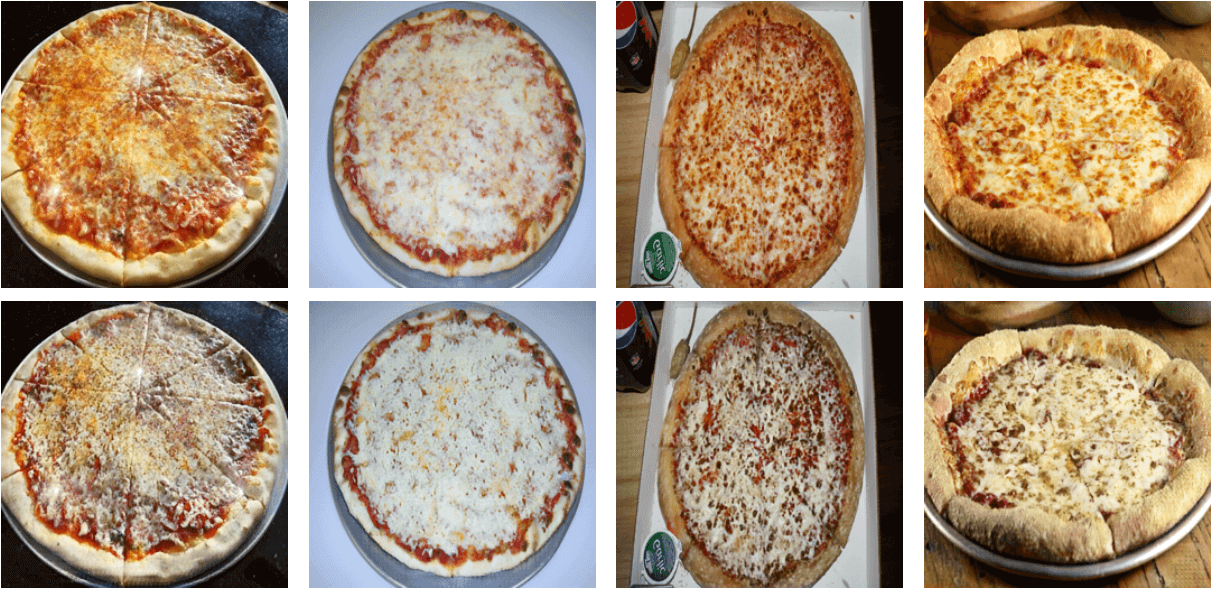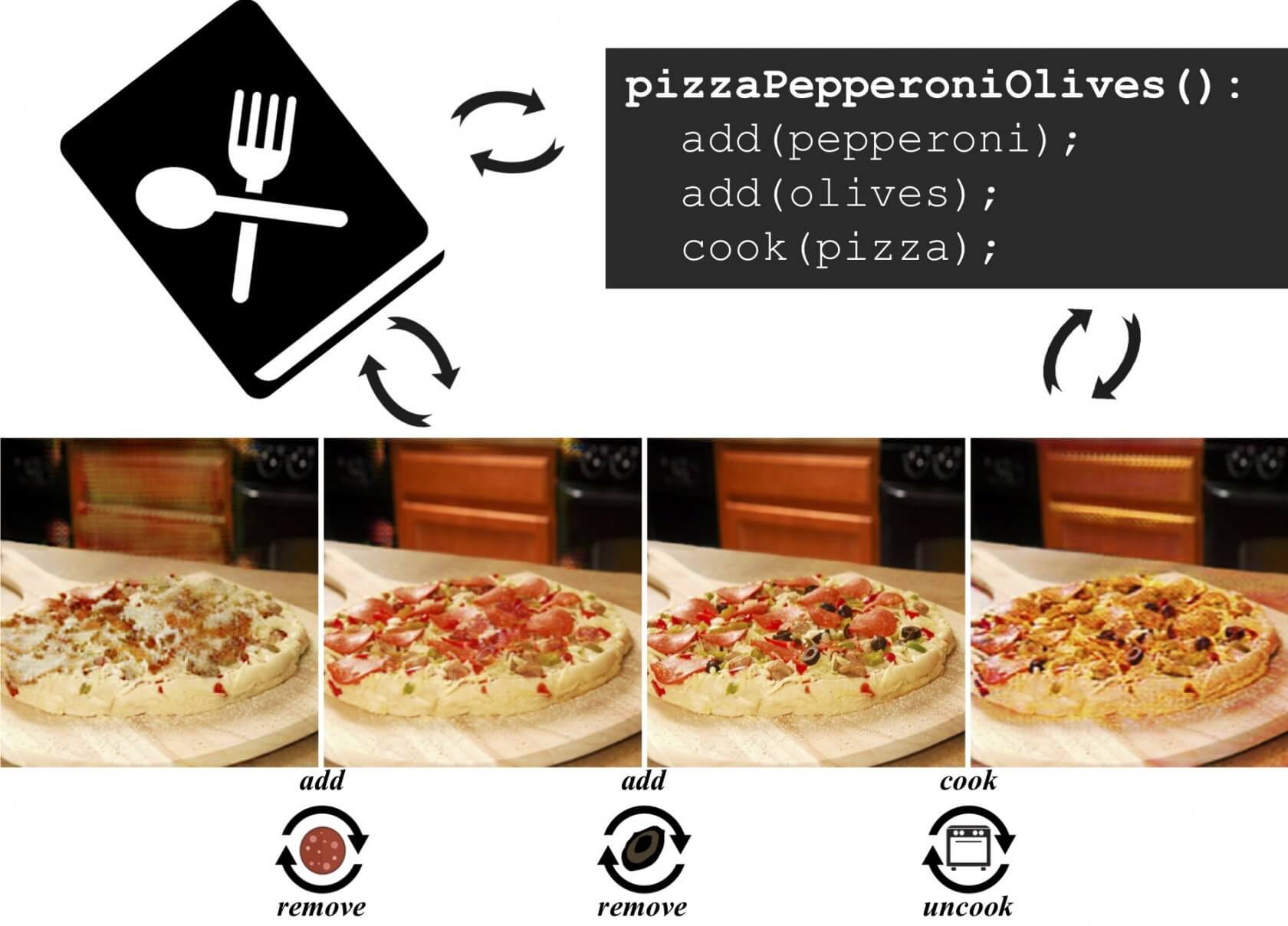It will probably be quite a while before robots can fully take over for us in the realm of cooking (the process is still a bit too complex for the average machine, it seems), but that doesn't mean progress isn't being made in that area.
Indeed, researchers from the Massachusetts Institute of Technology (MIT) recently came up with a way to train AI to cook pizza. Their method involves feeding a machine learning model pictures of various pizzas, with and without toppings.
The toppings are added to the images in the form of layers, which serve to create a "step-by-step" procedure the AI can follow to learn how a pizza is put together.
"From a visual perspective, every instruction step can be seen as a way to change the visual appearance of the dish by adding extra objects (e.g., adding an ingredient) or changing the appearance of the existing ones (e.g., cooking the dish),"
"From a visual perspective, every instruction step can be seen as a way to change the visual appearance of the dish by adding extra objects (e.g., adding an ingredient) or changing the appearance of the existing ones (e.g., cooking the dish)," the researchers wrote in the "Abstract" section of their paper.
One of the primary lessons the team needed to teach its AI was the proper order to perform the instructions in. For example, you wouldn't want to teach it to cook a pizza first and then add the toppings after; or add cheese before the sauce is layered on. That's where repetition comes in: after feeding their AI thousands of "synthetic and real" pizza photos, it was able to digitally assemble a pizza correctly 88 percent of the time.

As you might expect, the AI had a much easier time assembling pizzas using synthetic, "clip-art-style" images than it did with real photos. Though it doesn't perform terribly with the latter, there are some obvious mistakes. When it tried to "uncook" one pizza, for example, the result looked more like the AI tossed a liberal amount of flour over its surface.
Like we said earlier, AIs like this likely won't be taking over for you in the kitchen anytime soon. Still, despite a few silly results, this research could be an important first step toward full cooking automation – even if it takes several more years.
